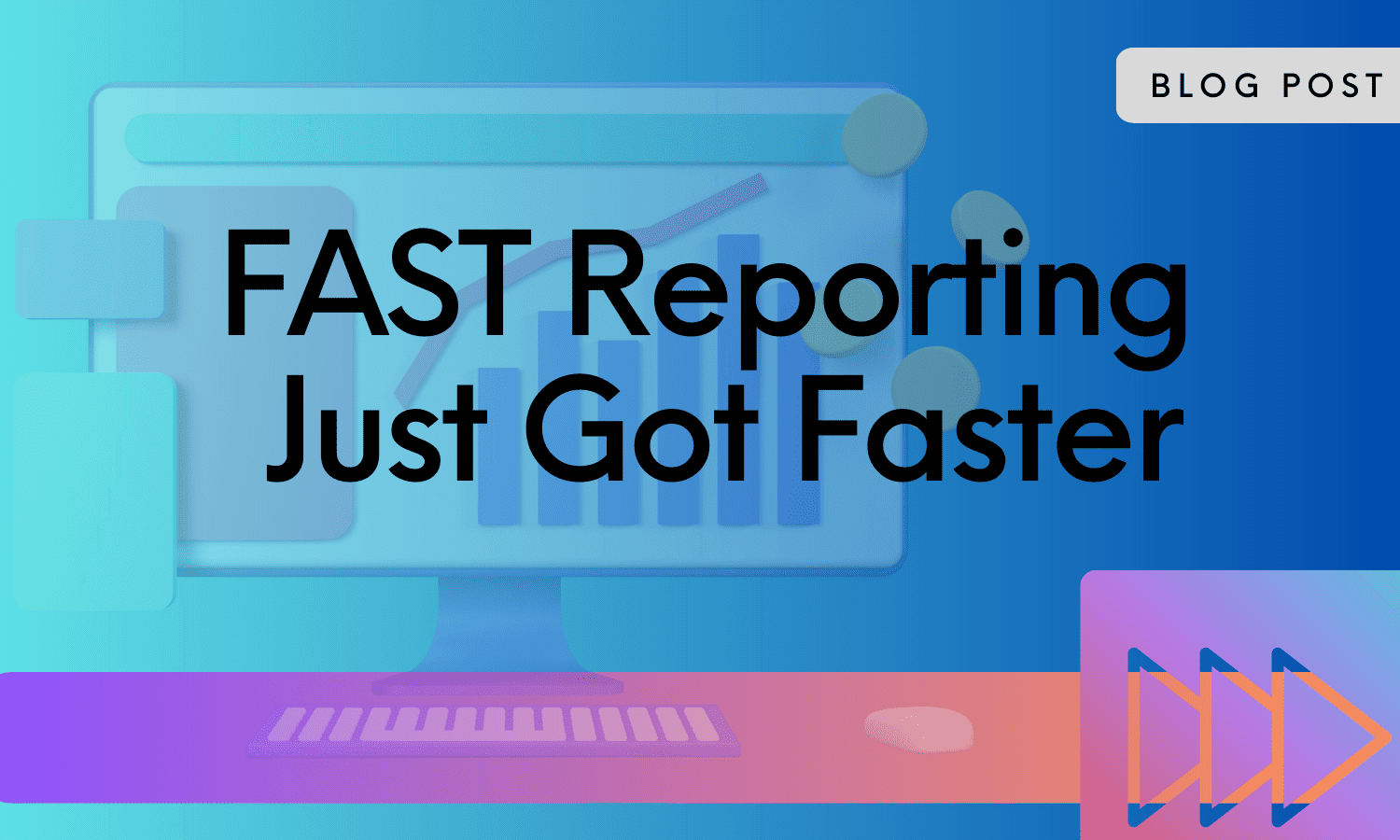
The number of FAST (Free Ad-supported Streaming TV) Channels in the U.S. has increased 81% in the last year. There are many factors behind the rise of FAST Channels, including content being cheaper to acquire, viewers suffering from “subscription fatigue,” and the opportunity to monetize library content. The meteoric rise of FAST Channels in the entertainment industry has created inefficiencies in tracking how content performs, leading to insufficient performance insights and data around programming decisions, financial reporting and revenue recognition. Fortunately, we have a new solution to help with those challenges. More on that in a moment.
FAST Channels may be gaining traction, but they’re still relatively new. Pluto TV, the first and perhaps best-known provider of free streaming channels, only launched in 2014. What isn’t new is that a lot of the same issues linear TV has faced — whether it’s dealing with scheduling, billing, or programmatic advertising — also apply to FAST. The challenge is there is no industry equivalent of Nielsen, or a similar arbiter, that offers consistent measurements. When it comes to accurately measuring how FAST Channels are performing, we’re still in the Wild West.
One major speedbump is the lack of clean, consistent performance data that leads to operational challenges around programming decisions, financial reporting and revenue recognition. Content distributors have performance and remittance data coming in from many platform partners, but the data doesn’t arrive in a standard, easily digestible manner. Add to this the lack of uniform title IDs, inconsistent formats, and altogether missing data, and it further hinders the ability to get visibility across platforms in a unified view of performance.
You may receive data on the number of completions or minutes viewed for a TV series, but not get the breakdown on an episode-by-episode basis. Title identifiers may be incorrect or not included, making it challenging to match what was programmed vs. what was watched. Or, you may receive just the channel name with no titles or identifiers, requiring you to go back to your Product Master and linear schedules to fill the gaps. All of this creates chaos for programming, research, and especially finance teams, who need that information to report and reconcile revenue share agreements and royalties. Without an automated way of processing, normalizing, and presenting that data, any research or analysis becomes a Herculean task.
In an effort to save time and resources, many distributors end up making content decisions based on only a few, often localized, data points — which doesn’t lend itself to success when making content decisions on a global scale. FAST teams are being forced to parse through thousands upon thousands of records in an inefficient, time-consuming, manual and error-prone process. Even worse, FAST Channels are letting that valuable information — data assets they could otherwise use to grow their business — go to waste.
Whip Media offers enterprise FAST solutions to simplify the content supply chain, automate partner payments and track performance. The company’s latest product innovation, Whip Media FASTrack for SMBs (small and midsize businesses), is a new solution designed to help channels and distributors solve reporting problems associated with FAST and AVOD channel reporting. With FASTrack, you can track viewership, buys and revenue across various platforms, including streaming apps, TVOD/EST, SVOD, linear TV and more.To rev up your FAST reporting, visit https://whipmedia.com/fastrack/.
